Case Based Questions Test: Electricity - 3 - Class 10 MCQ
15 Questions MCQ Test - Case Based Questions Test: Electricity - 3
In the given circuit, connect a nichrome wire of length ‘L’ between points X and Y and note the ammeter reading Answer the questions:
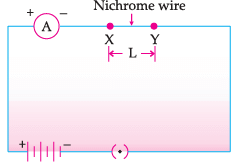
Q. When this experiment is repeated by inserting another nichrome wire of the same thickness but twice the length (2L), what changes are observed in the ammeter reading ?

n the given circuit, connect a nichrome wire of length ‘L’ between points X and Y and note the ammeter reading Answer the questions:
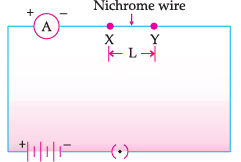
Q. The instrument used to measure current is ____________.

n the given circuit, connect a nichrome wire of length ‘L’ between points X and Y and note the ammeter reading Answer the questions:
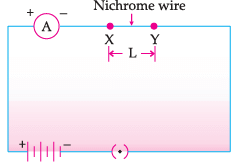
Q. State the changes that are observed in the ammeter reading if we double the area of the cross section without changing the length in the above experiment.

n the given circuit, connect a nichrome wire of length ‘L’ between points X and Y and note the ammeter reading Answer the questions:
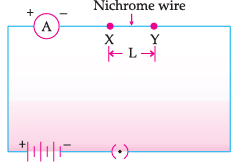
Q. When nichrome and copper wire of same length and same radius are connected in series and current I is passed through them. Which wire gets heated up more?
n the given circuit, connect a nichrome wire of length ‘L’ between points X and Y and note the ammeter reading Answer the questions:

Q. In a circuit two resistors of 5 Ω and 10 Ω are connected in series. Compare the current passing through the two resistors.
Observe the following table and answer the questions. Electrical resistivities of some substances, at 20°C are given as follows:
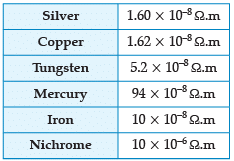
Q. Which is a better conductor of electric current:
Observe the following table and answer the questions. Electrical resistivities of some substances, at 20°C are given as follows:
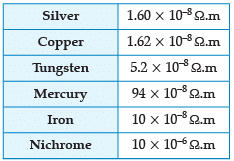
Q. Series arrangement is not used for domestic circuits because:
Observe the following table and answer the questions. Electrical resistivities of some substances, at 20°C are given as follows:
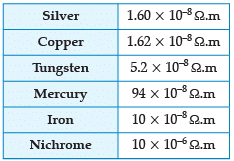
Q. Which element will be used for electrical transmission lines:
Observe the following table and answer the questions. Electrical resistivities of some substances, at 20°C are given as follows:

Q. If the resistance is to be increased, then the resistors are to be increased in:
Observe the following table and answer the questions. Electrical resistivities of some substances, at 20°C are given as follows:
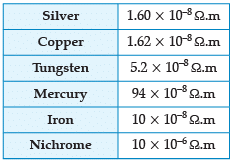
Q. Nichrome is used in the heating elements of electric heating device because:
Study the given table and answer the questions :

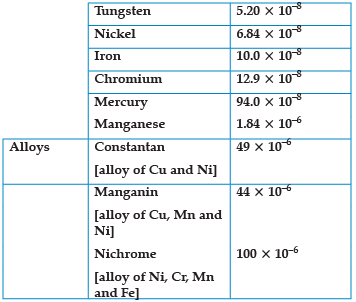
Q. Which is a better conductor:
Study the given table and answer the questions :

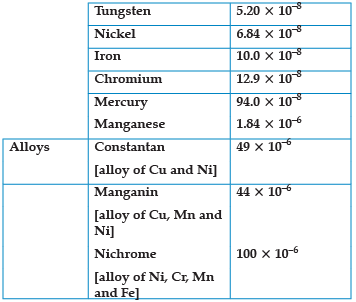
Q. What happens to resistance of a conductor when its area of cross section is increased?
Study the given table and answer the questions :


Q. Element used to make heating element of electric geyser:
Study the given table and answer the questions :

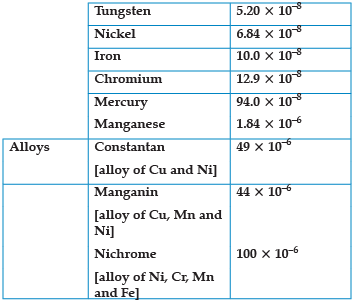
Q. A given length of a wire is doubled and this process is repeated once again. The resistance of wire becomes:
Study the given table and answer the questions :

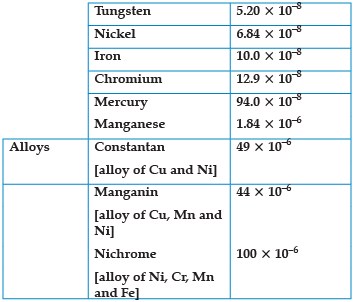
Q. Element used to make filament of incandescent bulb:




















